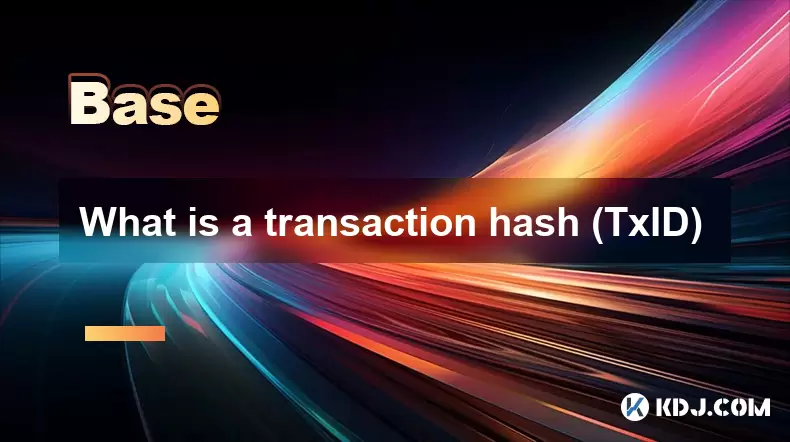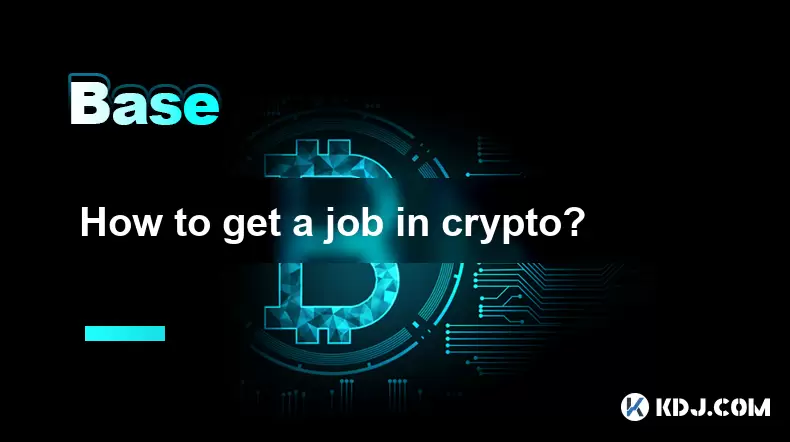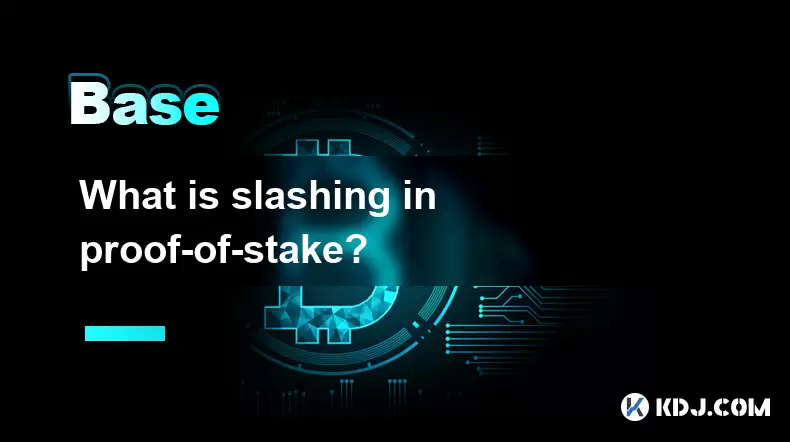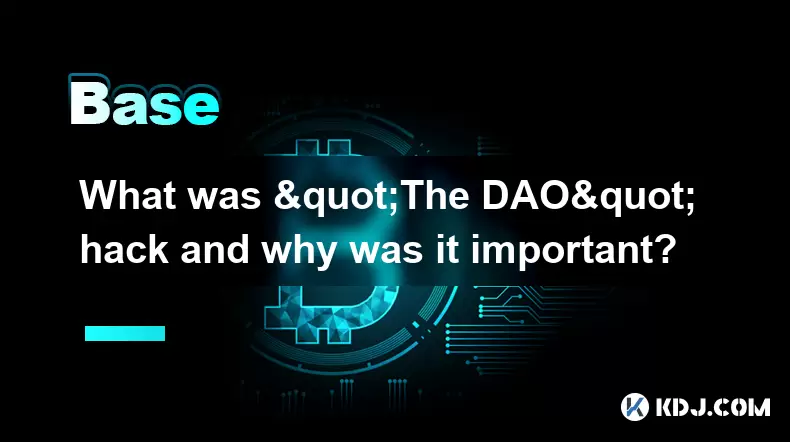-
 Bitcoin
Bitcoin $117900
-0.06% -
 Ethereum
Ethereum $3598
1.67% -
 XRP
XRP $3.433
0.63% -
 Tether USDt
Tether USDt $1.000
-0.02% -
 BNB
BNB $733.2
0.65% -
 Solana
Solana $176.9
-0.25% -
 USDC
USDC $0.9999
0.00% -
 Dogecoin
Dogecoin $0.2417
2.67% -
 TRON
TRON $0.3178
-2.25% -
 Cardano
Cardano $0.8310
2.11% -
 Hyperliquid
Hyperliquid $44.43
0.23% -
 Stellar
Stellar $0.4628
1.17% -
 Sui
Sui $3.852
2.09% -
 Chainlink
Chainlink $18.48
4.01% -
 Hedera
Hedera $0.2684
3.59% -
 Avalanche
Avalanche $24.57
4.87% -
 Bitcoin Cash
Bitcoin Cash $513.5
-0.02% -
 Shiba Inu
Shiba Inu $0.00001492
1.99% -
 Litecoin
Litecoin $113.2
11.61% -
 UNUS SED LEO
UNUS SED LEO $8.980
0.12% -
 Toncoin
Toncoin $3.211
0.51% -
 Polkadot
Polkadot $4.406
4.64% -
 Uniswap
Uniswap $10.16
0.26% -
 Monero
Monero $323.1
1.04% -
 Ethena USDe
Ethena USDe $1.001
-0.02% -
 Bitget Token
Bitget Token $4.936
1.21% -
 Pepe
Pepe $0.00001346
3.98% -
 Dai
Dai $1.000
-0.01% -
 Aave
Aave $318.9
-1.42% -
 Cronos
Cronos $0.1211
2.74%
What is a transaction hash (TxID)
A transaction hash (TxID) is a unique identifier for blockchain transactions, enabling users to track and verify transfers of cryptocurrencies like Bitcoin or Ethereum.
Jul 14, 2025 at 08:07 am

Understanding the Basics of a Transaction Hash (TxID)
In the world of blockchain and cryptocurrencies, a transaction hash, commonly referred to as TxID, is a unique identifier assigned to every transaction that is recorded on the blockchain. This alphanumeric string serves as a fingerprint for a specific transaction, allowing users to track its status and verify its authenticity. Each time a cryptocurrency transaction occurs—whether it's sending Bitcoin, Ethereum, or any other digital asset—a corresponding TxID is generated by the network.
The TxID is created through cryptographic hashing algorithms such as SHA-256 in the case of Bitcoin or Keccak-256 for Ethereum. These algorithms take all the data associated with a particular transaction—including sender address, receiver address, amount transferred, timestamp, and fees—and convert them into a fixed-length string. Even a minor change in the input data will result in a completely different TxID, ensuring the integrity and immutability of blockchain records.
How a Transaction Hash Works
When a user initiates a cryptocurrency transfer, the wallet software constructs a transaction object containing all relevant details. Once this object is signed with the sender’s private key, it is broadcasted to the network. Miners or validators then pick up the transaction and include it in a block after verifying its validity.
At this stage, the system computes the transaction hash (TxID) using the transaction data. The TxID becomes part of the block header and is permanently stored on the blockchain. Other participants in the network can use this TxID to look up the transaction details via blockchain explorers like Etherscan for Ethereum or Blockchair for multiple chains.
This process ensures transparency and traceability across decentralized networks where no central authority exists. The TxID acts as proof that a certain transaction took place at a specific point in time and cannot be altered retroactively without changing the entire chain, which is computationally infeasible.
Locating and Using a Transaction Hash
Every time you send or receive cryptocurrency, your wallet typically displays the TxID associated with that particular transaction. It is usually presented as a long hexadecimal string, often starting with "0x" in Ethereum-based transactions or as a 64-character alphanumeric code in Bitcoin.
To locate a TxID, check your wallet interface after completing a transaction. Most wallets provide an option to view transaction details, where the TxID will be clearly labeled. If you're receiving funds, the sender should provide the TxID so you can confirm receipt independently of your wallet balance.
Using the TxID, you can verify the number of confirmations a transaction has received, the addresses involved, the amount transferred, gas fees (in Ethereum), and even the smart contract interactions if applicable. This level of detail is crucial for auditing, dispute resolution, and compliance purposes.
Verifying Transactions with a TxID
To verify a transaction using a TxID, follow these steps:
- Open a blockchain explorer compatible with the network of the transaction (e.g., Etherscan for Ethereum, Blockchain.com for Bitcoin).
- Locate the search bar and paste the TxID.
- Press Enter or click the search icon to load the transaction page.
Upon loading, the explorer will display detailed information about the transaction, including:
- Timestamp of the transaction
- Number of confirmations
- Status (success/failure)
- Sender and receiver addresses
- Value transferred
- Gas fees used (for Ethereum)
If the transaction has enough confirmations (usually six for Bitcoin and more than twelve for Ethereum), it is considered secure and irreversible. In cases where the transaction fails or gets stuck due to low fees, the TxID helps identify the cause and facilitates troubleshooting.
Common Issues Related to Transaction Hashes
Despite their usefulness, TxIDs can sometimes lead to confusion or complications. One common issue is when a transaction appears to be sent but does not arrive at the destination wallet. This could happen due to:
- Sending funds to the wrong network (e.g., sending ERC-20 tokens to a BEP-20 address)
- Network congestion causing delays in confirmation
- Incorrect transaction signing leading to invalid TxIDs
- Wallet synchronization issues
In such scenarios, the TxID becomes essential for diagnosing the problem. By entering the TxID into a blockchain explorer, users can determine whether the transaction was successfully mined or dropped from the mempool. If the transaction is confirmed but still not showing up in the recipient’s wallet, it may indicate an issue with the receiving wallet or exchange rather than the blockchain itself.
Another frequent concern involves duplicate TxIDs, which are extremely rare due to the uniqueness enforced by cryptographic hashing. However, in some edge cases involving replay attacks during hard forks, identical TxIDs might appear on different chains, emphasizing the importance of network-specific verification.
Frequently Asked Questions About Transaction Hashes
Can two different transactions have the same TxID?
No, under normal circumstances, each transaction must have a unique TxID. Cryptographic hashing ensures that even a slight variation in transaction data results in a completely different TxID. However, during blockchain reorganizations or fork events, similar-looking TxIDs might appear on separate chains, but they represent distinct transactions.
Is a TxID enough to prove that a transaction is valid?
A TxID alone does not guarantee validity. While it confirms that a transaction was broadcasted and processed, it must also be included in a confirmed block with sufficient network consensus. Always check the number of confirmations and the transaction status before considering it final.
What should I do if my transaction doesn’t show up after several hours?
Check the TxID using a blockchain explorer. If the transaction exists but has zero confirmations, it might still be in the mempool. If it doesn't appear at all, it may have been dropped due to low fees or incorrect formatting. Contact your wallet provider or the exchange support team for further assistance.
Can I cancel a transaction once it has a TxID?
Once a transaction receives a TxID and is broadcasted to the network, it cannot be canceled. You may attempt to replace it using mechanisms like Replace-by-Fee (RBF) in Bitcoin or by increasing gas price in Ethereum, but success depends on network conditions and wallet capabilities.
Disclaimer:info@kdj.com
The information provided is not trading advice. kdj.com does not assume any responsibility for any investments made based on the information provided in this article. Cryptocurrencies are highly volatile and it is highly recommended that you invest with caution after thorough research!
If you believe that the content used on this website infringes your copyright, please contact us immediately (info@kdj.com) and we will delete it promptly.
- XRP Mining, the GENIUS Act, and Coin Holders: A New Era?
- 2025-07-20 06:30:12
- Arctic Pablo Coin: Navigating the Icebound Estates Presale and Token Burn Strategy
- 2025-07-20 06:30:12
- Arctic Pablo Coin's Myth-Themed Presale: Icebound Estates and Beyond!
- 2025-07-20 06:50:12
- Snorter Token's Presale Success: Riding the GENIUS Act Wave in the Crypto World
- 2025-07-20 06:50:12
- PENGU Token's Breakout Momentum: Riding the Wave in a Bearish Market
- 2025-07-20 07:10:12
- Crypto's 100x Hunt in 2025: Beyond the Hype
- 2025-07-20 07:10:12
Related knowledge

What is the Inter-Blockchain Communication Protocol (IBC)?
Jul 19,2025 at 10:43am
Understanding the Inter-Blockchain Communication Protocol (IBC)The Inter-Blockchain Communication Protocol (IBC) is a cross-chain communication protoc...

How does sharding improve scalability?
Jul 20,2025 at 01:21am
Understanding Sharding in BlockchainSharding is a database partitioning technique that is increasingly being adopted in blockchain technology to enhan...

What is the "crypto trilemma" of scalability, security, and decentralization?
Jul 19,2025 at 06:28pm
Understanding the Concept of the Crypto TrilemmaThe crypto trilemma refers to the challenge of simultaneously achieving scalability, security, and dec...

How to get a job in crypto?
Jul 20,2025 at 08:14am
Understanding the Crypto Industry LandscapeThe cryptocurrency industry is a rapidly evolving space that includes blockchain technology, decentralized ...

What is slashing in proof-of-stake?
Jul 20,2025 at 06:07am
Understanding Slashing in Proof-of-StakeIn a Proof-of-Stake (PoS) blockchain network, slashing refers to the penalty mechanism used to deter validator...

What was "The DAO" hack and why was it important?
Jul 19,2025 at 09:08pm
Background of 'The DAO''The DAO' (Decentralized Autonomous Organization) was a venture capital fund built on the Ethereum blockchain, launched in Apri...

What is the Inter-Blockchain Communication Protocol (IBC)?
Jul 19,2025 at 10:43am
Understanding the Inter-Blockchain Communication Protocol (IBC)The Inter-Blockchain Communication Protocol (IBC) is a cross-chain communication protoc...

How does sharding improve scalability?
Jul 20,2025 at 01:21am
Understanding Sharding in BlockchainSharding is a database partitioning technique that is increasingly being adopted in blockchain technology to enhan...

What is the "crypto trilemma" of scalability, security, and decentralization?
Jul 19,2025 at 06:28pm
Understanding the Concept of the Crypto TrilemmaThe crypto trilemma refers to the challenge of simultaneously achieving scalability, security, and dec...

How to get a job in crypto?
Jul 20,2025 at 08:14am
Understanding the Crypto Industry LandscapeThe cryptocurrency industry is a rapidly evolving space that includes blockchain technology, decentralized ...

What is slashing in proof-of-stake?
Jul 20,2025 at 06:07am
Understanding Slashing in Proof-of-StakeIn a Proof-of-Stake (PoS) blockchain network, slashing refers to the penalty mechanism used to deter validator...

What was "The DAO" hack and why was it important?
Jul 19,2025 at 09:08pm
Background of 'The DAO''The DAO' (Decentralized Autonomous Organization) was a venture capital fund built on the Ethereum blockchain, launched in Apri...
See all articles

























































































